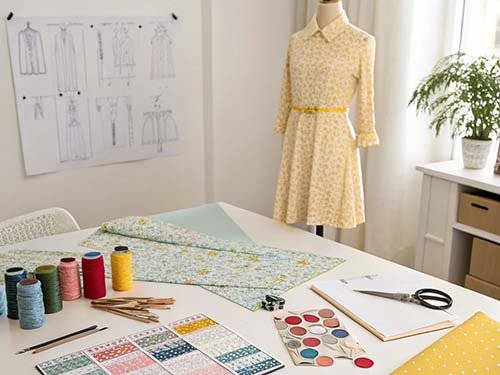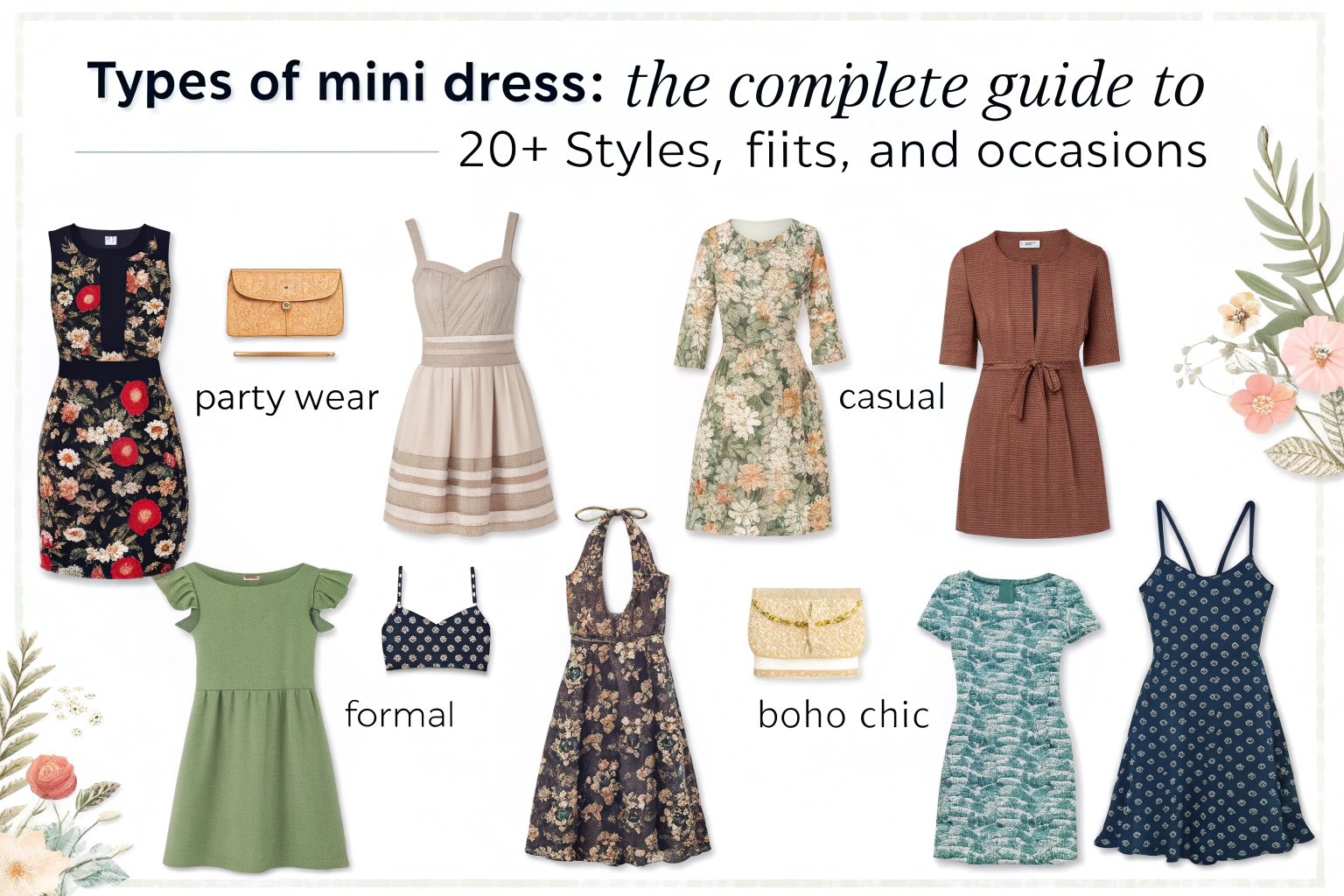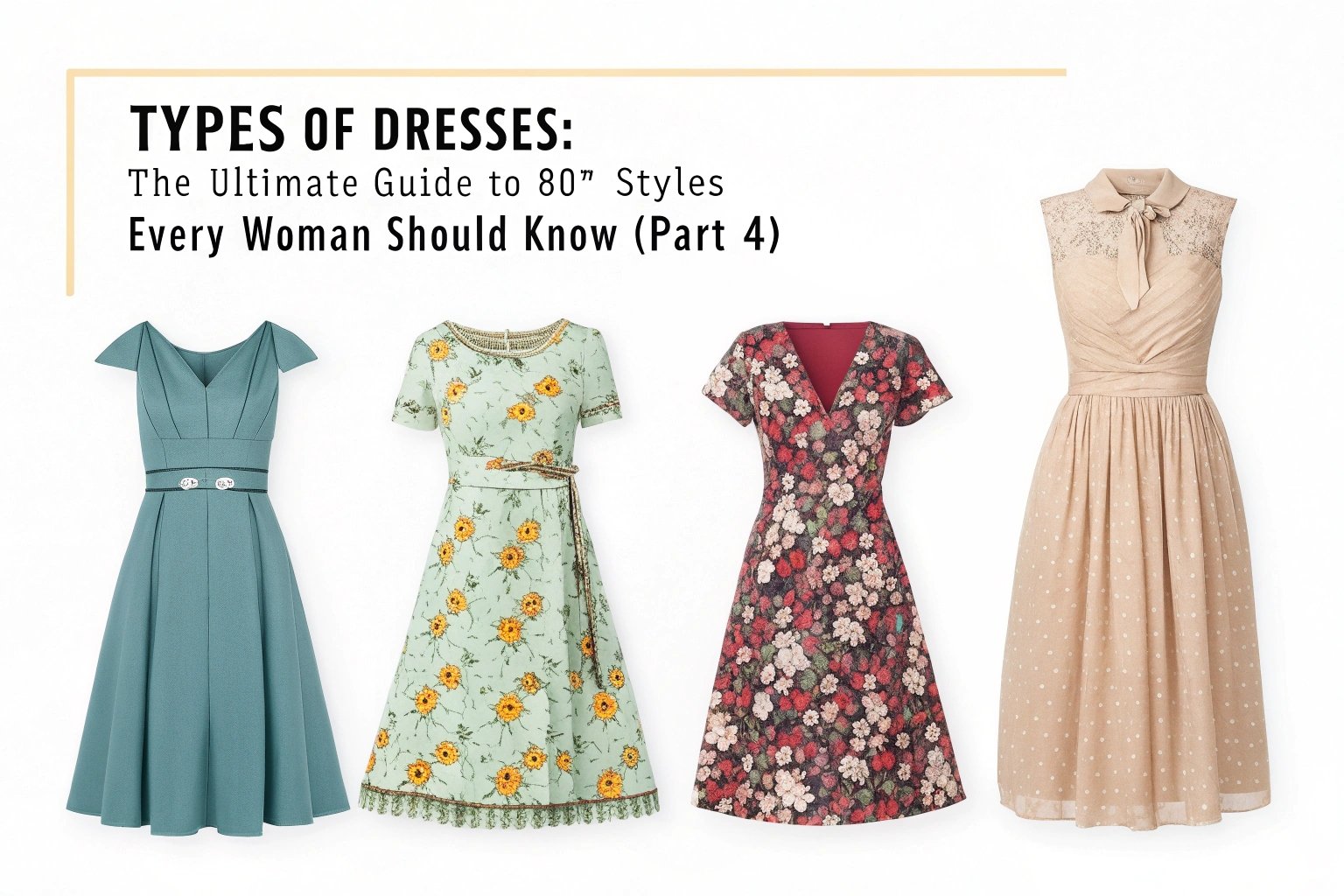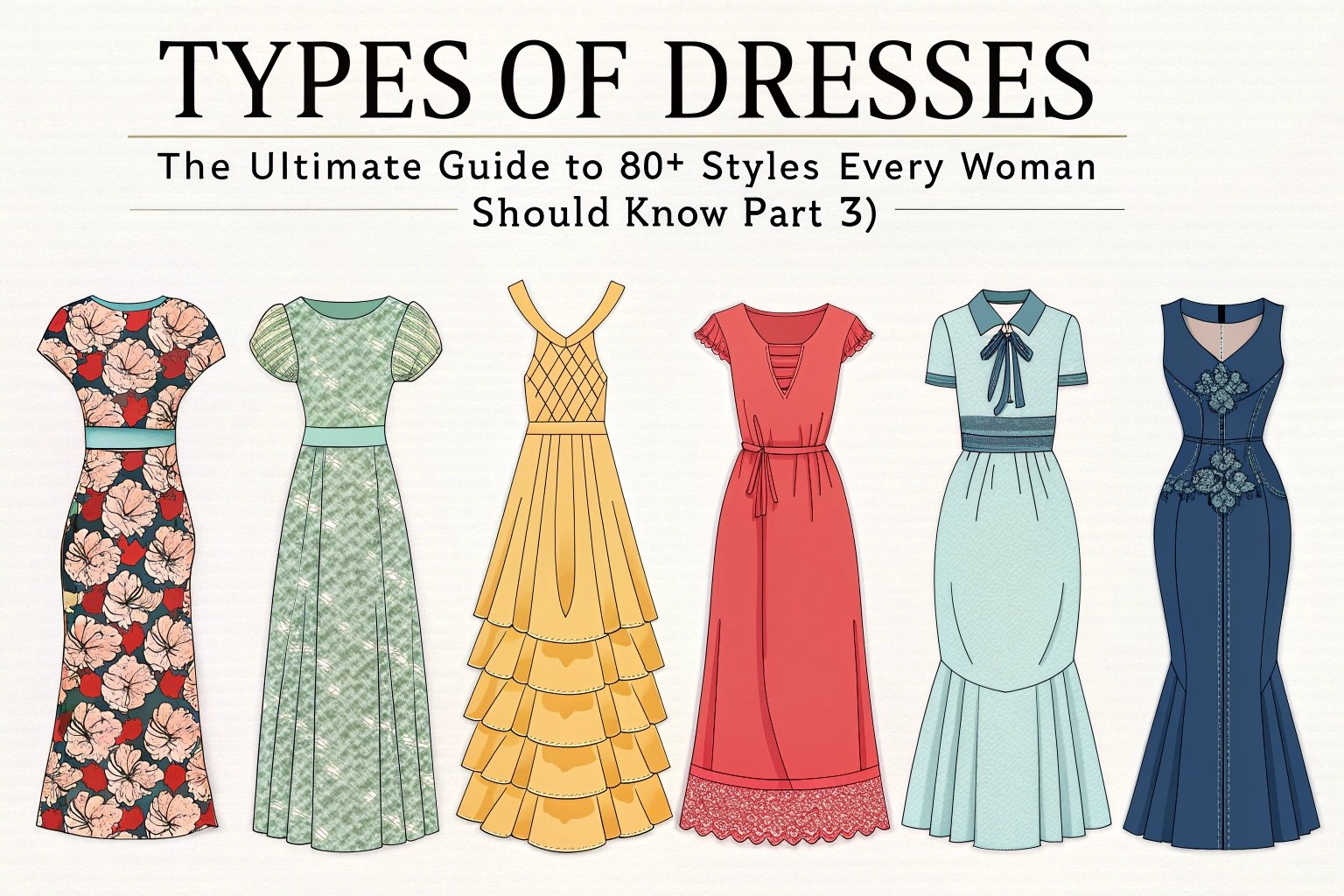Many of our fashion buyers ask about jersey fabric. Is it trendy? Comfortable? Suitable for high-quality dresses? Based on our production line experience, jersey is one of the most versatile options—but it’s not without limitations.
Yes, jersey fabric is great for dresses. It’s soft, stretchy, drapes beautifully, and suits a wide range of silhouettes—from casual to elevated styles. However, it’s important to understand its pros, cons, and ideal use cases.
If you’re sourcing dresses or developing a collection, here’s what you need to know.

What are the disadvantages of jersey fabric?
While jersey is widely loved, it comes with some production and wearability challenges.
Jersey fabric tends to curl at the edges, can stretch out over time, and may show body lines or undergarments if the weight is too light.
Curling and distortion
- Thin jerseys curl at cut edges, slowing down sewing
- Needs stabilization on necklines and hems
- Overstretching during sewing can lead to wavy seams
Transparency and clinging
- Lightweight jersey may appear see-through
- Shows undergarments or body contours
- Needs lining or careful patterning
Heat sensitivity
- Some blends like rayon-spandex react poorly to high-heat pressing
- Fabric can shrink or lose recovery when overexposed to steam
Xzapparel solution tactics
- Use fabric with a GSM above 180 for dresses
- Apply soft linings or double-layer designs in body-hugging styles
- Sew with ballpoint needles and differential feed to reduce seam issues

What type of fabric is best for dresses?
We get this question daily from clients sourcing across categories.
There is no one-size-fits-all answer. The best dress fabric depends on end use, price target, silhouette, and customer expectations. Jersey is ideal for comfort-driven, casual-to-chic styles.
Common dress fabrics and their characteristics
| Fabric Type | Best For | Pros | Cons |
|---|---|---|---|
| Jersey | Casual, bodycon, travel | Stretch, comfort, easy to sew | May cling or stretch out |
| Cotton Poplin | Shirt dresses, summer | Crisp, breathable | Wrinkles easily |
| Rayon | Wrap, flowy dresses | Drapey, soft feel | Shrinks, sensitive to moisture |
| Linen | Resortwear, casual | Breathable, natural texture | Creases, limited stretch |
| Chiffon | Party, layering | Sheer, elegant | Fragile, needs lining |
| Satin | Occasionwear | Glossy, luxurious | Slippery, hard to sew |
Why jersey wins for versatility
At Xzapparel, we often suggest jersey when a buyer needs a core style that can be scaled, restocked, or personalized with trims, prints, or seasonal colors.

Is jersey a high quality fabric?
Jersey can be high-quality—but that depends on the fiber, weight, and finishing process.
High-quality jersey has consistent stretch recovery, no pilling after multiple washes, and retains shape over time. Low-grade jersey may feel flimsy or stretch out quickly.
What determines jersey quality
- Fiber content: combed cotton, modal, or bamboo blends feel premium
- Weight: Higher GSM usually means better drape and opacity
- Construction: Tighter knits resist holes and hold shape
- Finish: Enzyme wash, silicone softening, or anti-pilling treatment
Visual and tactile checks
- Smooth surface without excessive fuzz
- Uniform color with no streaks
- Snap-back stretch when pulled
What we use at Xzapparel
For bodycon and T-shirt dresses, we often use 200–220 GSM cotton-spandex or rayon blends with extra soft finishing. Our QC team tests shrinkage, colorfastness, and pilling with every roll.
How does jersey perform for different dress styles?
Not all jersey dresses are made the same.
The same base fabric behaves differently in a bodycon vs. a tiered maxi. We adjust patterns and construction methods to suit the dress design.
Matching jersey to design
| Dress Style | Jersey Weight Suggested | Construction Tips |
| Bodycon | 220 GSM cotton/spandex | Add lining, firm elastic seams |
| Wrap dress | 180–200 GSM rayon blend | Bias cut, stabilize neckline |
| Maxi dress | 160–180 GSM poly/rayon | Allow extra length for drape |
| T-shirt dress | 180–200 GSM cotton jersey | Twin-needle hems, shoulder tape |
Handling print and dye
Jersey takes screen and digital printing well. For solid colors, reactive dyes or pigment-dyed finishes offer the best wear. We always pre-test for bleed and wash durability.

What are jersey’s sustainability implications?
Buyers increasingly ask about eco options.
Traditional jersey made from polyester or conventionally grown cotton raises environmental concerns, but there are greener alternatives.
Eco-friendly jersey options
- Organic cotton jersey
- Bamboo jersey
- Recycled polyester blends
What Xzapparel offers
We stock organic cotton jersey for clients targeting sustainable markets. We also offer recycled jersey for promotional capsule lines, using GRS-certified yarns.
Packaging and extras
We bundle eco jersey orders with biodegradable polybags and offer hangtag customization for your branding.
How do we ensure consistent bulk quality in jersey dresses?
With stretchy fabric, bulk consistency can be tricky. That’s why we’re strict about testing and machine calibration.
At Xzapparel, we inspect stretch recovery, stitch uniformity, and sizing on every production batch to reduce returns.
Steps we take
- Wash-test fabric rolls before approval
- Conduct tension tests at sewing stations
- Compare final garment dimensions with size chart range
Tech used
- Digital pattern grading systems
- Heat-transfer press for consistent labels
- In-line seam sensors (on high-volume runs)

How do different regions respond to jersey dresses?
Jersey performs well globally, but regional preferences vary.
In the US and UK, customers favor soft, solid-color jersey basics. In Australia, printed jersey maxis or wrap dresses dominate. European buyers lean toward modal or viscose blends with soft textures.
Our experience by region
- North America: Bodycon and ruched mini dresses, mid-weight cotton blends
- Australia: Printed wrap or tie-back dresses in bright tones
- UK: Trend-focused details like shoulder pads or racerback cuts
- Western Europe: Neutral-toned midi dresses in eco fabrics
How can buyers get the most from jersey fabric?
Planning ahead is key.
We always recommend pre-ordering samples and running shrink tests. Choose fabric weights by design category and confirm your trims work well with stretch.
Tips for first-time jersey buyers
- Avoid thin jerseys below 160 GSM
- Confirm elasticity works with design (e.g., ruching, knots)
- Use simple shapes for test runs (T-shirt dresses, midi A-lines)
- Test print alignment before large runs
Conclusion
Jersey is more than a basic knit—it’s a fashion powerhouse when used right. At Xzapparel, we’ve helped buyers across the world turn this fabric into top-performing SKUs. Know its limits, optimize for silhouette, and lean on our expertise to make jersey work for your next collection.









